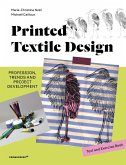
Gebundenes Buch
Profession, Trends and Project Development. Text and Exercise Book
August 2021
HOAKI BOOKS S.L. / Hoakibooks S.L.
| Broschiertes Buch | 30,99 € |
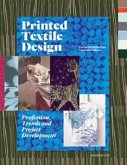
Broschiertes Buch
Profession, Trends and Project Development
27. Oktober 2015
Promopress
9,95 €
Sofort per Download lieferbar
Ähnliche Artikel
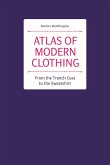
21,99 €
Sofort lieferbar
Broschiertes Buch
From the Trench Coat to the Sweatshirt
Oktober 2022
HOAKI BOOKS S.L. / Hoakibooks S.L.
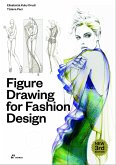
Broschiertes Buch
Dritte, völlig überarbeitete Auflage
August 2022
HOAKI BOOKS S.L. / Hoakibooks S.L.
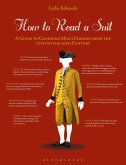
29,99 €
Sofort lieferbar
Broschiertes Buch
A Guide to Changing Men's Fashion from the 17th to the 20th Century
6. Februar 2020
Bloomsbury Academic / Bloomsbury Visual Arts
404953
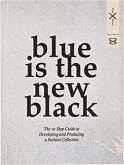
21,99 €
Sofort lieferbar
Broschiertes Buch
The 10 Step Guide to Developing and Producing a Fashion Collection
3. Aufl.
21. September 2013
BIS Publishers / Laurence King Publishing
4476933
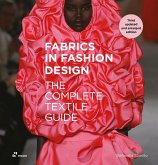
Broschiertes Buch
The Complete Textile Guide. Third updated and enlarged edition
Erweiterte und aktualisierte Auflage
10. Juni 2023
HOAKI BOOKS S.L. / promopress
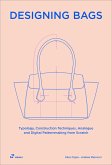
Broschiertes Buch
Typology, Construction Techniques, Analogue and Digital Patternmaking from Scratch.
Dezember 2024
HOAKI BOOKS S.L. / promopress
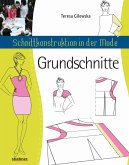
Broschiertes Buch
7. durchgesehene Neuauflage
14. Mai 2018
Stiebner
870

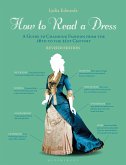
Broschiertes Buch
A Guide to Changing Fashion from the 16th to the 21st Century
2., überarb. Aufl.
18. November 2021
Bloomsbury Academic / Bloomsbury Visual Arts
499889
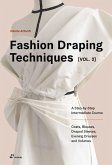
Broschiertes Buch
A Step-by-Step Intermediate Course. Coats, Blouses, Draped Sleeves, Evening Dresses, Volumes and Jackets
November 2021
HOAKI BOOKS S.L. / Hoakibooks S.L.
Ähnlichkeitssuche: Fact®Finder von OMIKRON
